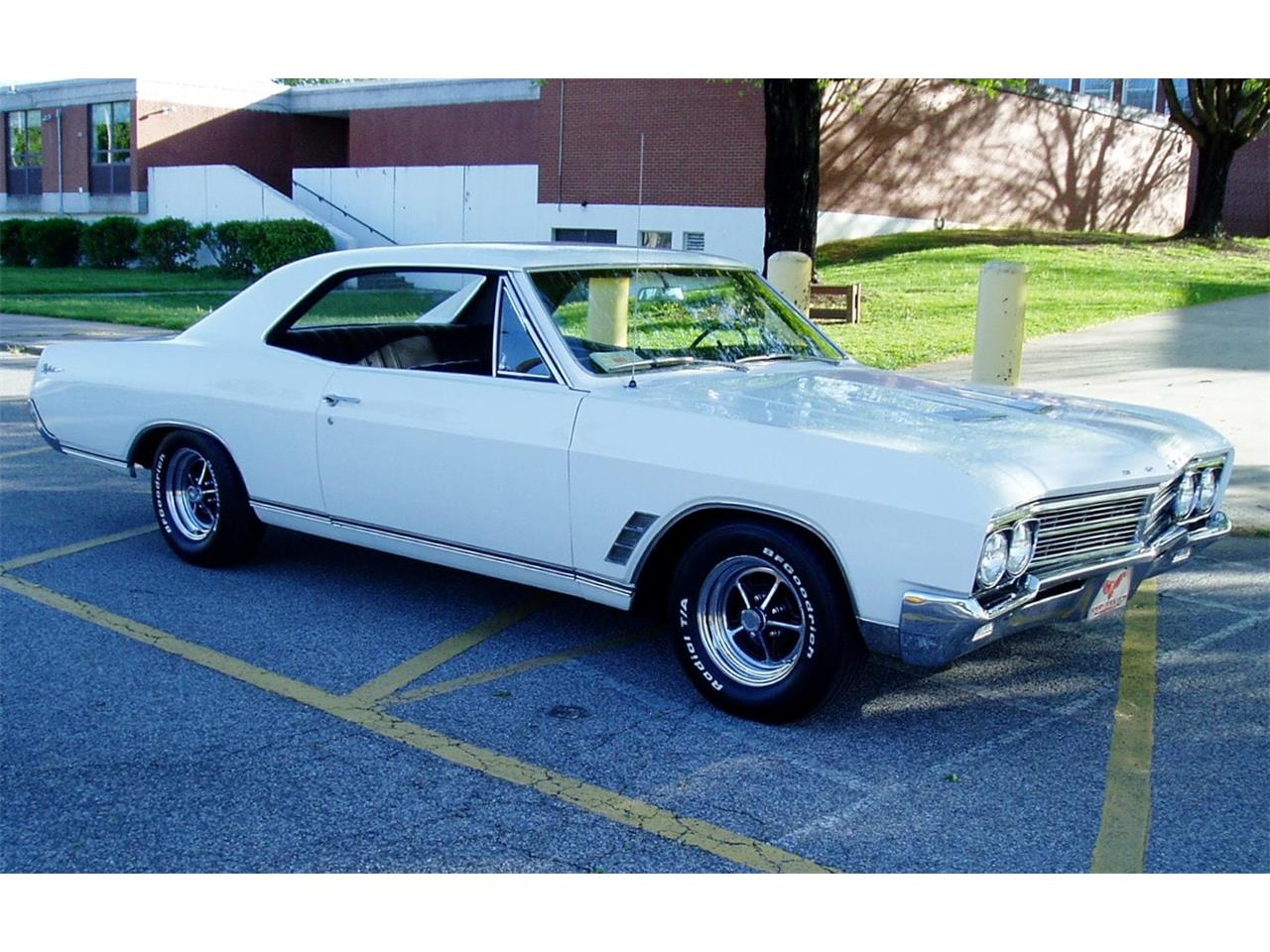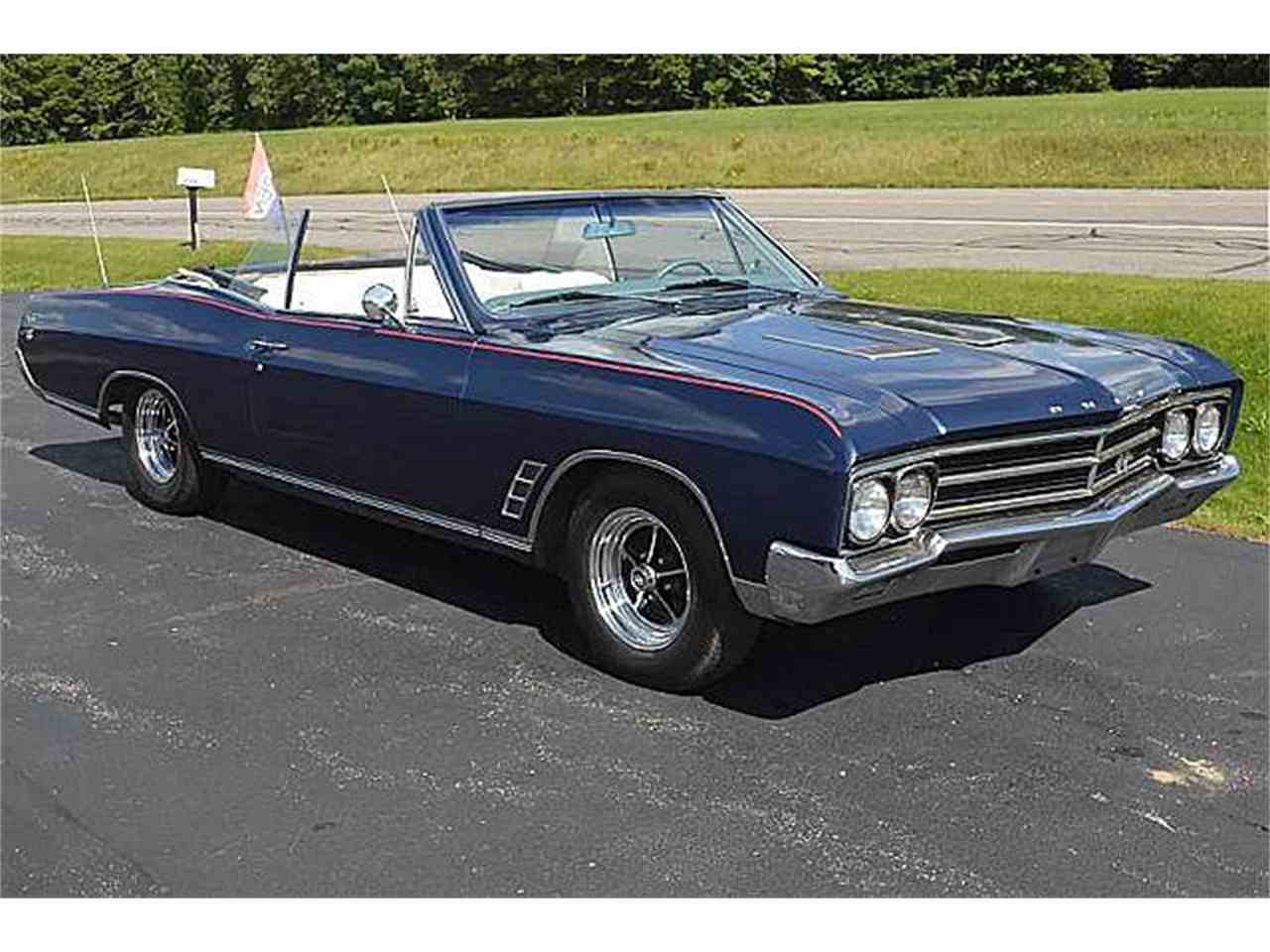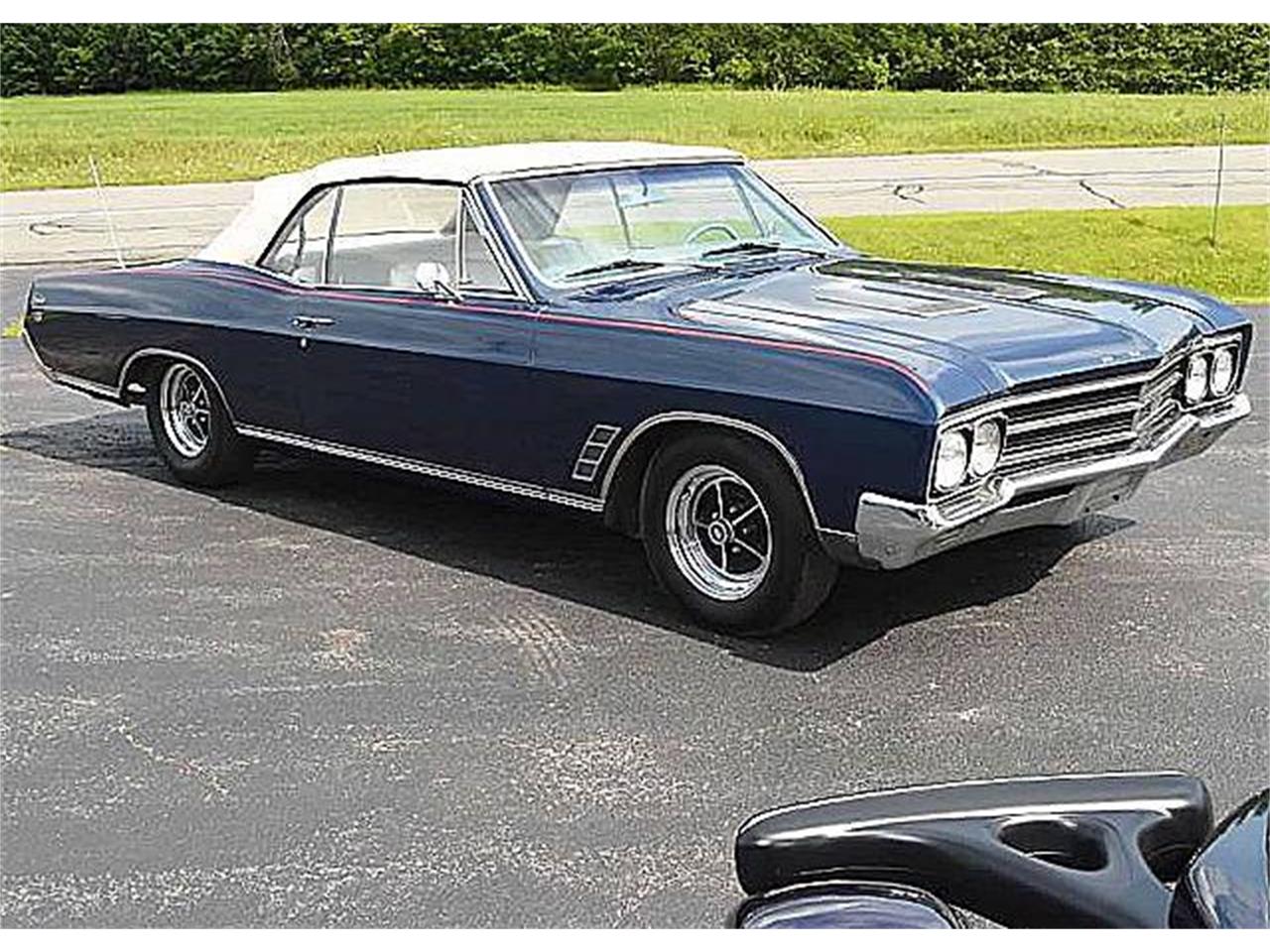1966 Buick Skylark For Sale – When someone talks about purchasing quality goods, they are likely thinking of items that have been designed to last, to provide a superior experience, and to offer a sense of value far beyond the initial cost. There are communities that exist outside the realm of traditional commerce, where sharing, collaboration, and mutual support take precedence over profit. Whether buying or selling, the process requires careful consideration, transparent communication, and a thorough understanding of both the financial and operational aspects of the business. For those looking to sell, the online marketplace offers the chance to reach a larger audience, increasing the chances of finding the right buyer. In this sense, quality is not just about prestige; it’s about making thoughtful choices that contribute to a more sustainable and rewarding lifestyle. Furniture is another category that lends itself well to the second-hand market. Whether you’re the seller or the buyer, the phrase “for sale” is a reminder that everything in life is in constant motion, always moving toward something new, something different, something better. A well-made frying pan or a durable pair of boots might not have the cachet of a designer handbag, but their value lies in their functionality and reliability. For sale, it seems like a simple phrase, yet it carries with it an array of possibilities, emotions, and decisions that can shape someone’s life. The idea of being “for sale” also touches on larger cultural and societal themes. At its core, “for sale” signifies that something is available for purchase, but beyond that, it tells a story of desire, exchange, and transition. Whether through local thrift stores, online marketplaces, or garage sales, the option to buy pre-owned items has created a flourishing market that continues to grow. A home is more than just walls and a roof; it’s where memories are made, where families grow, and where life unfolds. Are there things that should be kept beyond the realm of trade? Or has the marketplace — with its insatiable demand and promise of exchange — seeped into every facet of our being?
If everything is for sale, then the concept of value itself becomes fluid, subjective, and often manipulated. Relationships can become transactional, where each party enters into an agreement based on what they stand to gain. The longer something is used, the less likely it is to contribute to the growing problem of waste. There is also a growing trend of online platforms that facilitate the buying and selling of businesses. The concept of “for sale” stretches beyond physical items. The culture of buying second-hand goods is rapidly shifting in the modern world, particularly among younger generations. The story behind the item becomes part of its value, adding an emotional dimension to its physical form.

1966 Buick Skylark for Sale CC915444
4.5/5 (1,061 reviews)

1966 Buick Skylark for Sale CC1719993
4.5/5 (1,061 reviews)

No Reserve 1966 Buick Skylark GS Convertible for sale on BaT Auctions
4.5/5 (1,061 reviews)

1966 Buick Skylark for Sale CC984305
4.5/5 (1,061 reviews)

1966 Buick Skylark for Sale CC888009
4.5/5 (1,061 reviews)

1966 Buick Skylark for Sale CC888009
4.5/5 (1,061 reviews)

1966 Buick Skylark for Sale CC984305
4.5/5 (1,061 reviews)

1966 Buick Skylark for Sale CC984305
4.5/5 (1,061 reviews)

1966 Buick Skylark Coupe 4Speed for sale on BaT Auctions sold for
4.5/5 (1,061 reviews)

1966 Buick Skylark for Sale CC888009
4.5/5 (1,061 reviews)
Quality goods for sale are not just limited to luxury items or high-end brands. The rise of minimalism and a desire for unique, vintage items has also played a role in the growing popularity of second-hand goods. For the seller, the goal is often to maximize the value of the business, which requires a clear understanding of the company’s assets, liabilities, and future earning potential. The decision to sell an heirloom piece of furniture, for example, can be emotionally complex, as it involves a shift in one’s connection to the past. For the seller, there is the risk that they may not be able to find a buyer who is willing to pay the desired price, or that the sale may not go through as planned. Additionally, trends in sustainability and eco-conscious living have contributed to the growth of the second-hand market, as consumers become more aware of the environmental impact of their purchasing decisions. Second-hand goods, especially those that are vintage or antique, often carry a sense of history and craftsmanship that can be missing from mass-produced products. Whether through local thrift stores, online marketplaces, or garage sales, the option to buy pre-owned items has created a flourishing market that continues to grow. This desire for items with character and a story behind them has contributed to the growing appeal of second-hand goods. Economic downturns, for example, can influence the types of businesses that are put up for sale, as struggling companies may look to exit the market. Entrepreneurs can launch businesses from their homes, and freelancers can offer their skills to clients across the world. People are not just looking for things that work well; they want products that elevate their environment and their experiences. From the most trivial items in a dollar store to the most precious works of art in a museum, everything can be assigned a price. For the buyer, there is the risk of inheriting a business with hidden problems or liabilities that were not disclosed during the due diligence process. The growing appeal of second-hand goods is also tied to a growing awareness of environmental issues. For example, an old wooden chair might be sanded down and refinished into a modern piece of furniture, or a vintage dress might be altered to fit a contemporary style. The world of second-hand goods for sale is vast and varied, encompassing everything from clothing, electronics, and furniture, to books, antiques, and collectibles. For those who are passionate about antiques, art, and memorabilia, the second-hand market offers endless possibilities for finding unique and valuable items that can be passed down through generations or added to a collection. After the sale is complete, the buyer assumes responsibility for the business and takes control of its day-to-day operations. The environmental benefits of buying second-hand goods go beyond just reducing the need for new production.
It may have been passed down, carefully preserved, and lovingly maintained. Social movements and grassroots organizations work tirelessly to provide resources and support to those who need it, often without expecting anything in return. The sale agreement will include details about the purchase price, payment terms, assets being transferred, and any contingencies that may apply. In a world that often prioritizes convenience
The notion of a business for sale is one that captures the imagination of many. For example, an old wooden chair might be sanded down and refinished into a modern piece of furniture, or a vintage dress might be altered to fit a contemporary style. Sellers also have to deal with the emotional aspects of letting go of a business that they may have built over many years. Whether through thrift stores, flea markets, online platforms, or garage sales, second-hand goods provide consumers with an opportunity to find items they might not otherwise be able to afford, while also contributing to a circular economy where products are reused and repurposed. As more people embrace the idea that everything has value, second-hand goods will continue to be a central part of the way
Quality goods for sale have always held a special place in markets around the world, captivating consumers with their promise of durability, performance, and timeless appeal. For those looking to sell, the online marketplace offers the chance to reach a larger audience, increasing the chances of finding the right buyer. The longer something is used, the less likely it is to contribute to the growing problem of waste. The materials used, whether it’s hardwood, durable fabrics, or premium upholstery, are chosen for their longevity and aesthetic appeal. For those who are passionate about antiques, art, and memorabilia, the second-hand market offers endless possibilities for finding unique and valuable items that can be passed down through generations or added to a collection. Conversely, periods of economic growth may lead to more businesses being sold due to increased valuations and higher demand. Additionally, trends in sustainability and eco-conscious living have contributed to the growth of the second-hand market, as consumers become more aware of the environmental impact of their purchasing decisions. Thrift stores and consignment shops often work with charitable organizations or local non-profits, using the proceeds from sales to support various causes. Whether through their durability, aesthetic appeal, or the values they embody, these products go beyond simple transactions. However, there’s also an argument to be made that, over time, quality goods are often more economical in the long run. The sale and purchase of second-hand goods play a pivotal role in this transition, demonstrating how individuals can make a meaningful impact through everyday choices. Whether it’s a rare collectible, a discontinued item, or a vintage piece of clothing, online platforms offer a global marketplace where buyers and sellers can connect over products that may not be easily found elsewhere. An item’s worth can be subjective, influenced by the desires, needs, and circumstances of both the seller and the buyer.